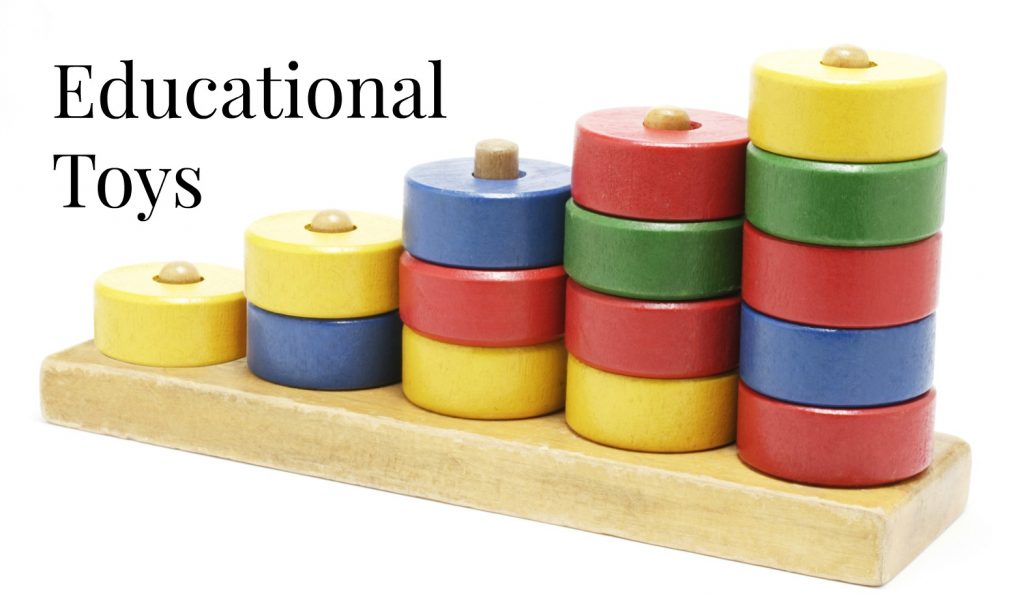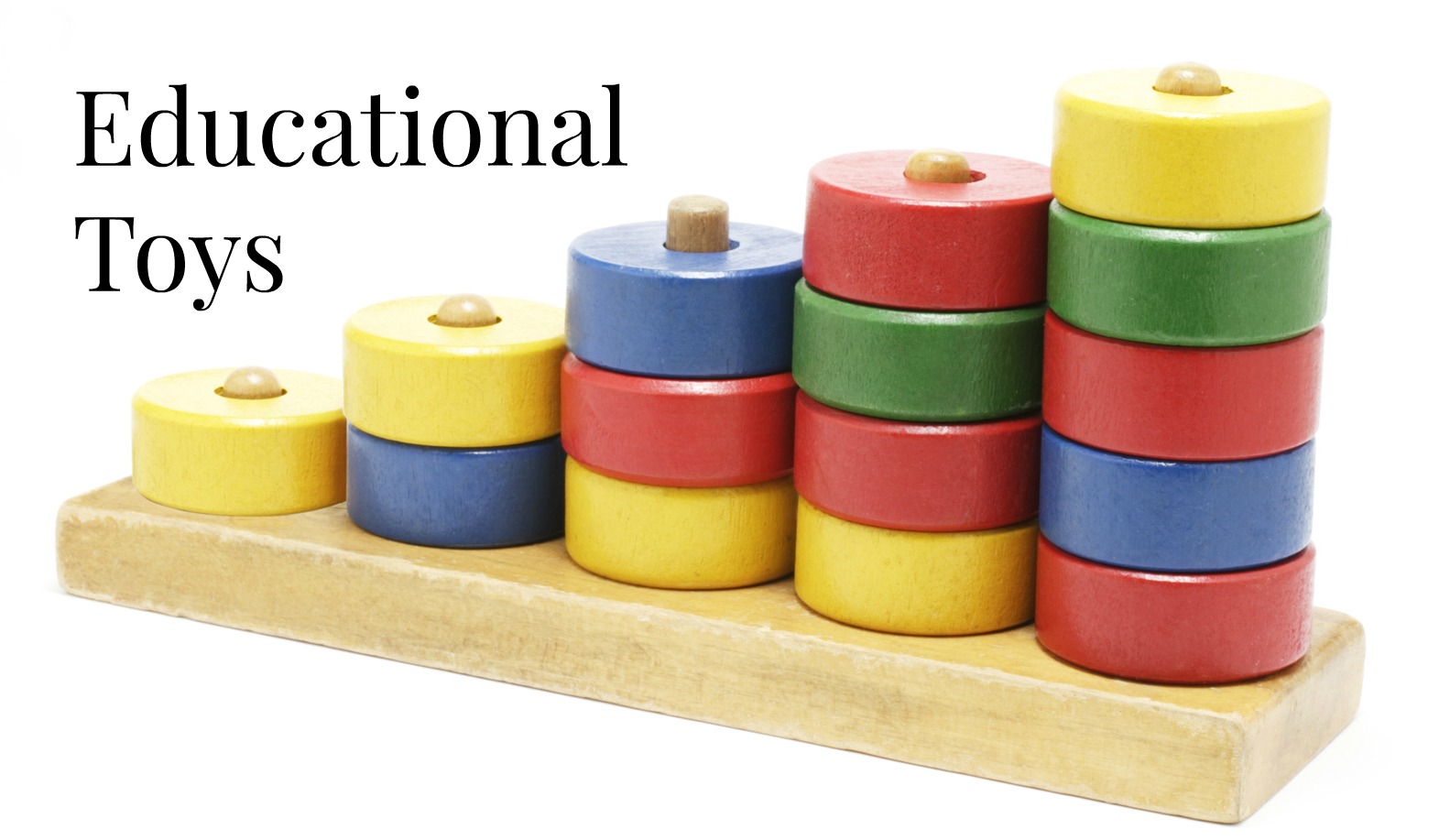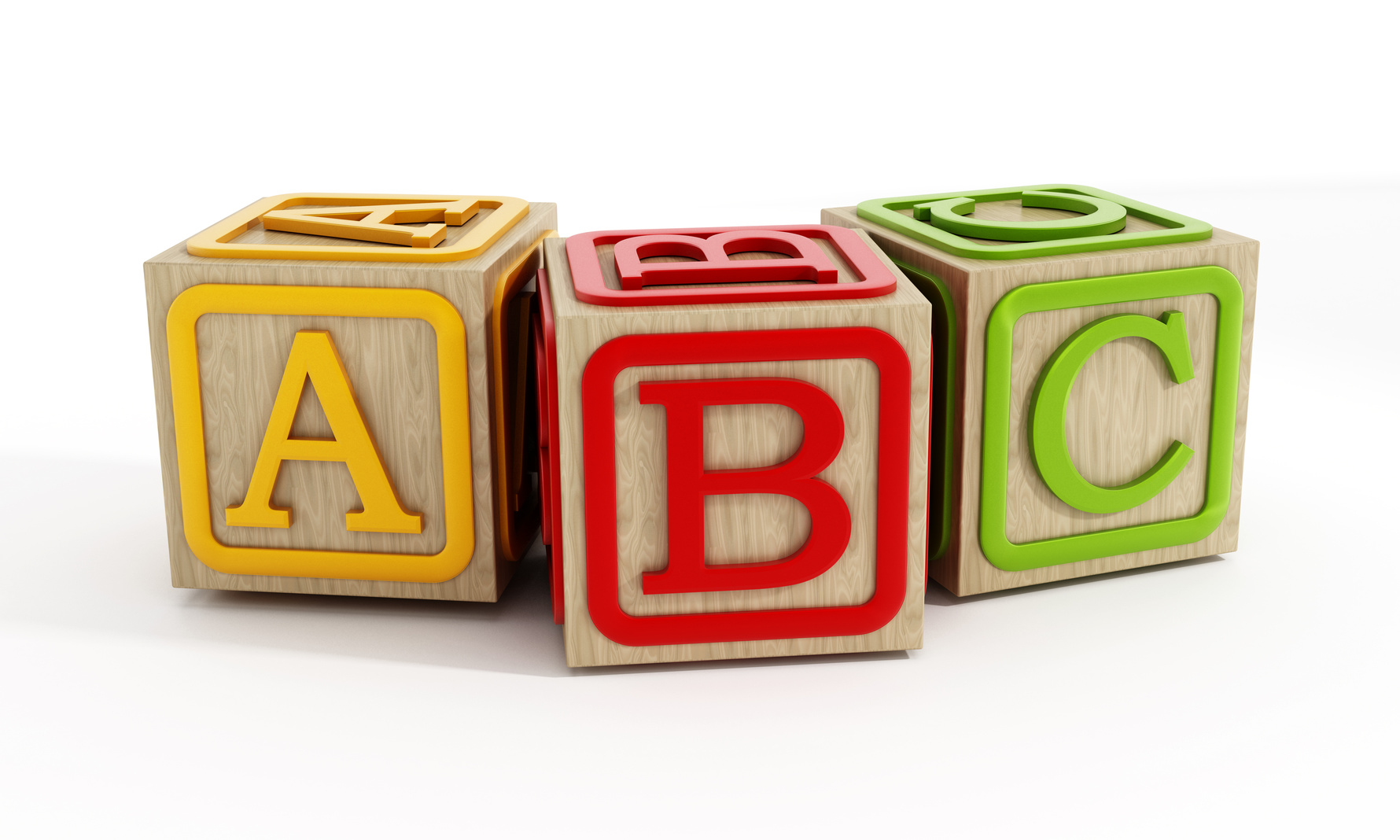What kind of person would think you can learn and have fun at the same time? (Uh-oh—don’t tell Uncle John we said that.)
STACKING RINGS
Cornelius Holgate started a small family carpentry business outside Philadelphia in 1789. It thrived over the years, but in 1929, the Holgates finally found their niche: wooden toys. Child psychologist Lawrence Frank married into the Holgate family and convinced them to take the business that way. The most popular item: stacking rings—smooth, painted wooden rings that toddlers placed over a small wooden pole in order to learn motor skills. Stacking rings are still manufactured in wood by the Holgate Toy Company, as well as in plastic by Playskool and Fisher-Price, who introduced the popular Rock-a-Stack version in 1960.
SPEAK & SPELL
One of the earliest handheld electronic toys ever available, the Speak & Spell was introduced in 1978 by Texas Instruments, primarily a manufacturer of calculators. The candy-red toy with a kid-friendly handle on top would speak letters in a robotic voice as the child typed them out, helping the child recognize the letters and learn to read. It featured a small digital display screen, a speech synthesizer, and a standard QWERTY keyboard, so it also taught kids to type. It was part of a line that also included the Speak & Read and Speak & Math, which weren’t as successful.
The product got a major boost when E.T. used one to communicate with his Earth friends in E.T.: The Extra Terrestrial (1982), helping to fuel sales of more than 10 million Speak & Spells (in seven different languages) by 1992, when the toy was discontinued.
SEE ’N SAY
“The cow says…mooooo” is probably familiar if you had kids or were a kid in the last few decades. The See ’n Say was introduced by Mattel in 1965. Here’s how it works: There’s a spinning arrow in the middle of the round toy. The child points the arrow at a picture of an animal, then pulls the “chatty ring” (it’s now a lever) and a voice pronounces the name of the animal, followed by the noise it makes. See ’n Say is unique in that it operates mechanically, without batteries. A metal needle inside the toy plays tracks on a plastic disc, functioning much like an old fashioned gramophone record. Mattel engineers were inspired by the company’s popular 1950s toy Chatty Cathy, a doll that said different phrases at random. The See ’n Say was the first toy in which kids could choose exactly what would be heard.
LEAPFROG
San Francisco lawyer Michael Wood’s young son, Matthew, was having trouble putting sounds together to make words. So, with the help of Stanford professor Robert Calfee (and using the technology for talking greeting cards), he developed Phonics Desk, an interactive toy designed to teach children how to pronounce words. It came out in 1995, and LeapFrog Enterprises was founded. In 1999 the company introduced LeapPad interactive books, which allow children to touch letters with a stylus in order to hear them pronounced. By 2002 almost nine million LeapPads were sold, making it the first educational toy to become a bestseller in the United States since the 1980s.
ALPHABET BLOCKS
Wooden blocks were first suggested as an educational tool in 1693, when English philosopher John Locke wrote that “dice and playthings with the letters on them to teach children the alphabet by playing” would help make learning more enjoyable. But it wasn’t until the early 1800s that such toys became widely available. That’s when New York teacher J.E. Wickham began selling sets of blocks covered in colored paper engraved with words and pictures. In 1820 the S.L. Hill Company of Williamsburg, New York, took out a patent on wooden blocks embossed with the alphabet, commonly called “alphabet blocks.” They’re now one of only 46 toys in the National Toy Hall of Fame.











